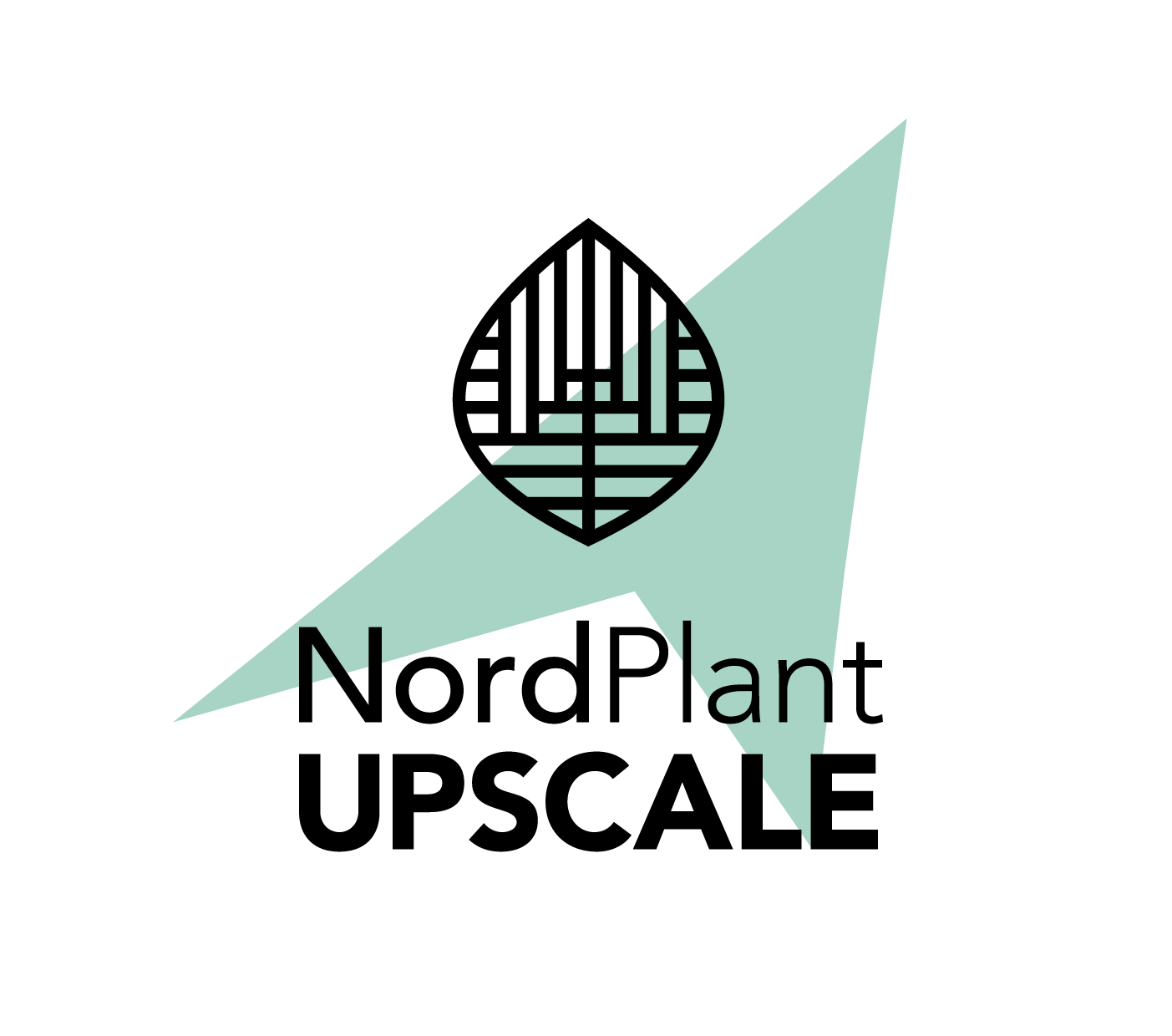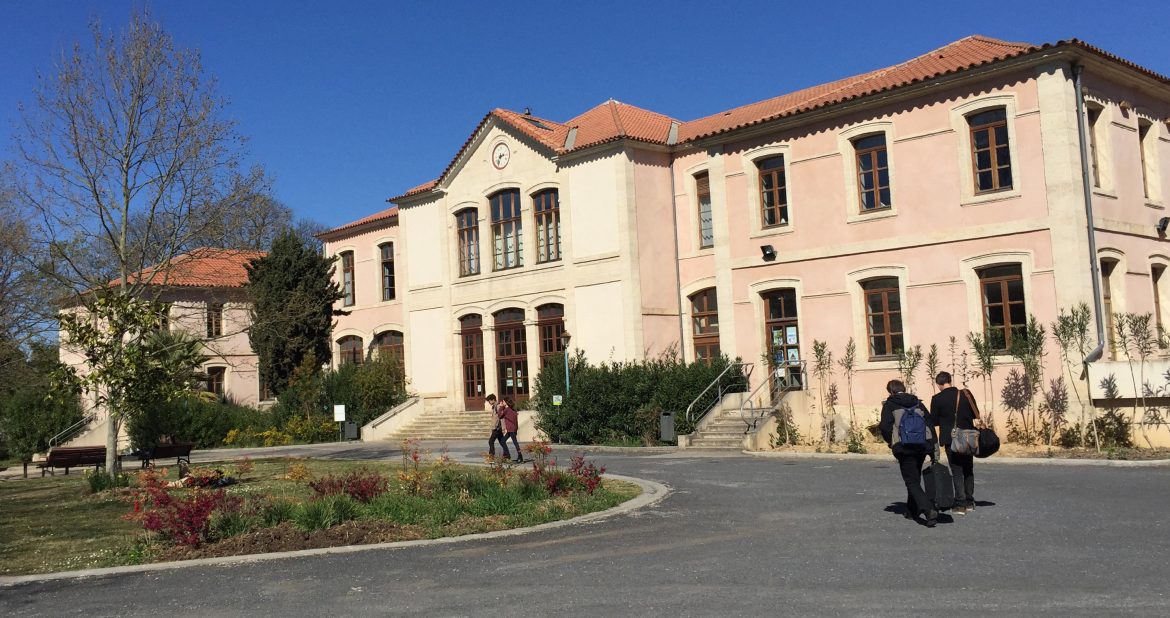One of the stated goals of NordPlant is to strengthen the collaboration with similar initiatives in Europe. For this purpose, the steering committee and a number of associated researchers visited INRA Montpellier and their extensive facilities for field and greenhouse phenotyping on 20-21 March 2019. When we arrived, we were met by Dominique This and Elsa Ballini who showed the FabLab, where students have the opportunity to design their own sensors using Arduino microcomputers and 3D printers, and discussed how they integrate this type of practical exercises into their courses. After that Magalie Delalande gave an overview of the research at INRA Montpellier.
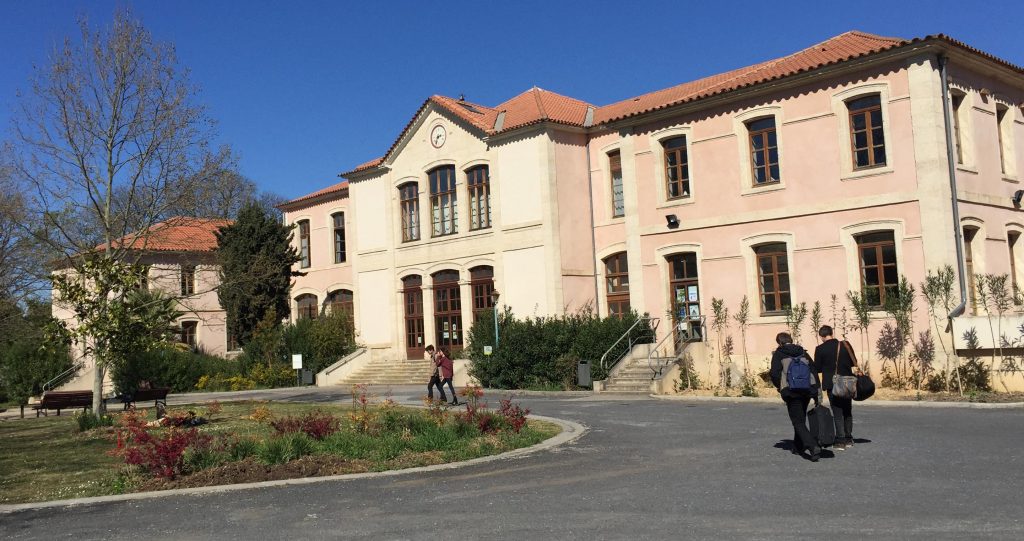
On 21 March, we first visited the field testing facility, where Francois Tardieu and Romain Chapuis introduced DiaPhen, the phenotyping platform comprised of various resources for field phenotyping available at INRA. Among the available resources are field stations for continually monitoring the weather, drones equipped with a number of cameras (RGB high resolution, multispectral, thermal IR), gantries and the Phenomobile, a robotized phenotypic platform that can drive beside the plots and monitor them with many types of sensors. After this, we were given a demonstration of the drone equipment, the experimental plots and the post-harvest robot. This device is capable of analyzing morphometric characteristics of grains (length, width, perimeter and area for each grain, counting, kernel weight, mitadin rates, broken grains) as well as biochemical composition (water content, nitrogen, specific weight, colour index) in an automatized manner.
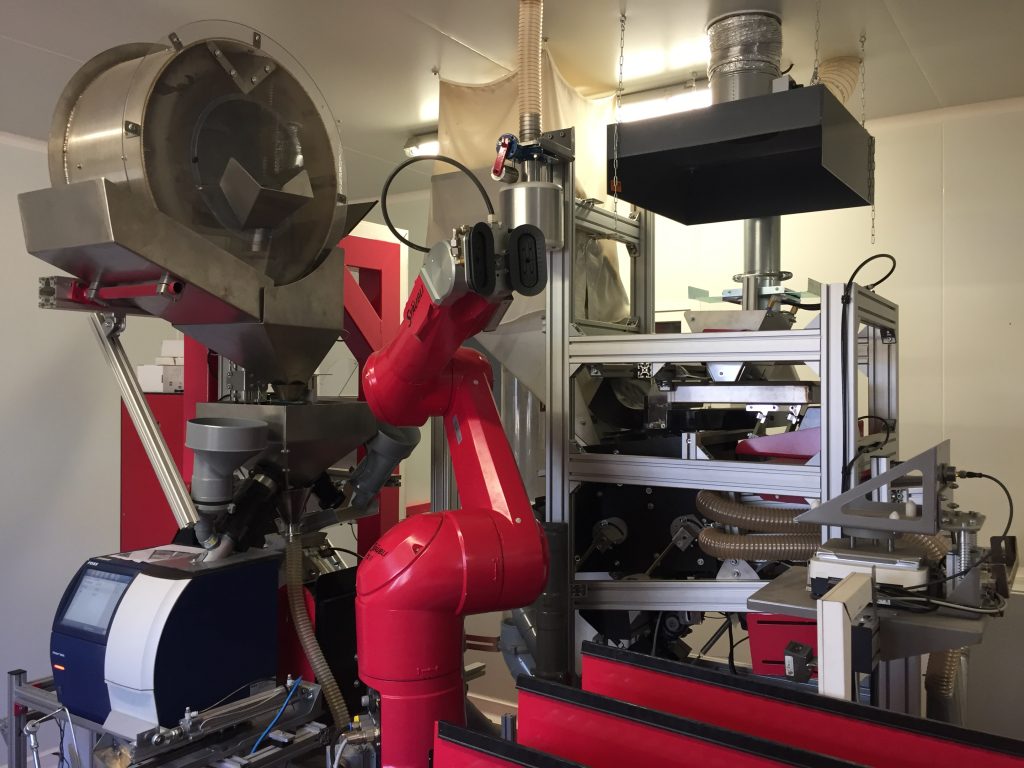
After lunch, François Tardieu guided us through the greenhouse-based phenotyping facilities. The platform has the capacity for 1680 pots under precisely monitored conditions. Plants up to 160 cm in height can be imaged using both visual and UV light. After the tour, François Tardieu also gave a presentation where he discussed the phenotyping research at INRA Montpellier in more detail.
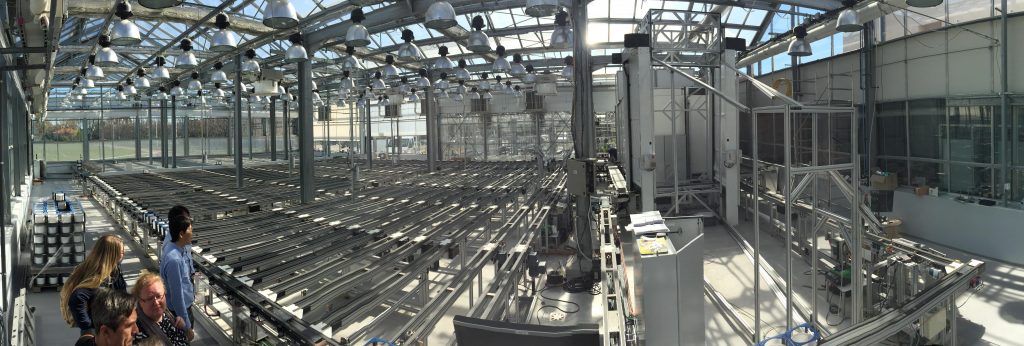
The visit gave us an overview of a large number of different high-throughput phenotyping methods and was both informative and inspirational, and we are very grateful to all the people at INRA Montpellier who took the time to tell us about the their facilities and equipment!
